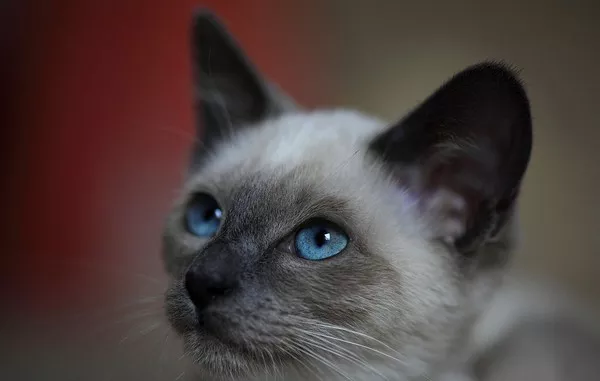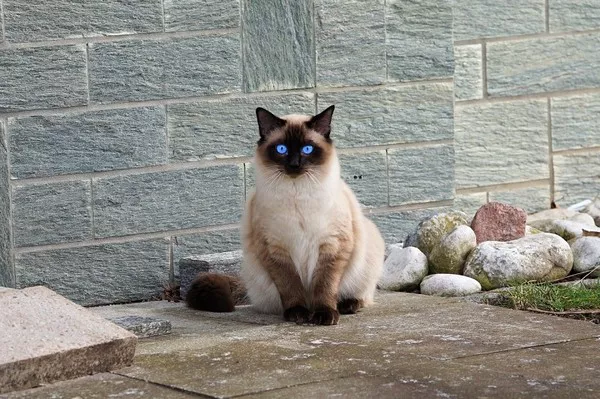The Siamese cat breed is known for its striking appearance, with their signature point coloration of dark ears, face, paws, and tail contrasting against a lighter body. However, some Siamese cats can undergo a process called color progression, in which they gradually darken over time, sometimes to the point of being almost entirely black. This phenomenon has long puzzled cat lovers and breeders alike, but recent research sheds light on the genetic and environmental factors that contribute to this fascinating aspect of Siamese cat genetics.
Genetics of Siamese Cats
To understand why Siamese cats get darker, it’s crucial to first examine the genetics that determine their coat coloration. All cats have two main pigments that give their fur its color: eumelanin, which produces black or brown colors, and phaeomelanin, which produces red or orange colors. The genes that control these pigments are located on different chromosomes, which is why cats can display different combinations of colors.
In Siamese cats, however, a unique gene mutation affects the way in which pigments are distributed throughout the fur. This mutation causes the production of an enzyme called tyrosinase to be restricted to cooler areas of the body, such as the extremities. As a result, the pigment-producing cells in these areas produce more melanin, resulting in the characteristic dark points.
Color Progression in Siamese Cats
While Siamese cats are born with white or cream-colored fur, their dark points become visible within the first few weeks of life. However, some Siamese cats undergo a gradual darkening process, often starting at around six months of age and continuing until they are several years old. This process is known as color progression and is believed to be influenced by both genetic and environmental factors.
Genetic Factors
Research has identified several genes that may contribute to color progression in Siamese cats. One such gene is the melanocortin 1 receptor (MC1R) gene, which is involved in the production of eumelanin. Studies have shown that Siamese cats with darker coats tend to have variations of this gene that are associated with increased eumelanin production, contributing to their darker coloration.
Another gene that may play a role in color progression is the agouti signaling protein (ASIP) gene, which regulates the distribution of pigments in the hair shaft. Variations in this gene can lead to changes in the way pigments are distributed, potentially causing a cat’s coat to darken over time.
Environmental Factors
In addition to genetic factors, environmental factors such as temperature and sunlight exposure may also contribute to color progression in Siamese cats. Researchers have found that cats kept in cooler environments tend to have darker coats than those kept in warmer environments. This is because the restricted production of tyrosinase in Siamese cats means that cooler areas of the body produce more melanin, resulting in darker points. Therefore, lower temperatures may accelerate the darkening process in some cats.
Sunlight exposure is another environmental factor that may affect color progression in Siamese cats. The ultraviolet radiation in sunlight can break down melanin and cause it to fade, which may explain why some Siamese cats have lighter coats in the summer months. However, excessive exposure to sunlight can also damage the skin and fur, so it’s important to provide adequate shade and protection for cats spending time outdoors.
Health Concerns Related to Color Progression
While color progression in Siamese cats is generally harmless, it’s important to be aware of potential health concerns that may arise. Darkening of the fur can sometimes be a symptom of underlying health issues, such as hyperthyroidism or liver disease. It’s essential to monitor your cat’s overall health and well-being and consult a veterinarian if you notice any changes in their coat color or texture.
Conclusion
In conclusion, the darkening of Siamese cats’ coats is a fascinating aspect of their genetics that is influenced by both genetic and environmental factors. While color progression is generally harmless, it’s important to monitor your cat’s health and seek veterinary care if necessary. By understanding the science behind this phenomenon, we can better appreciate the beauty of these magnificent felines.


























